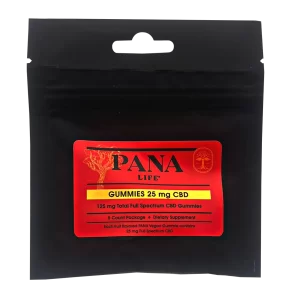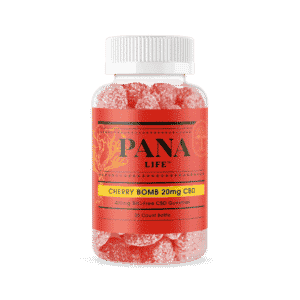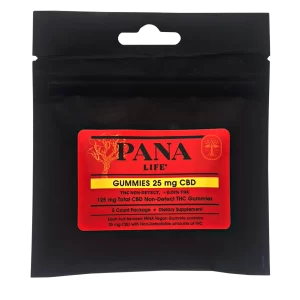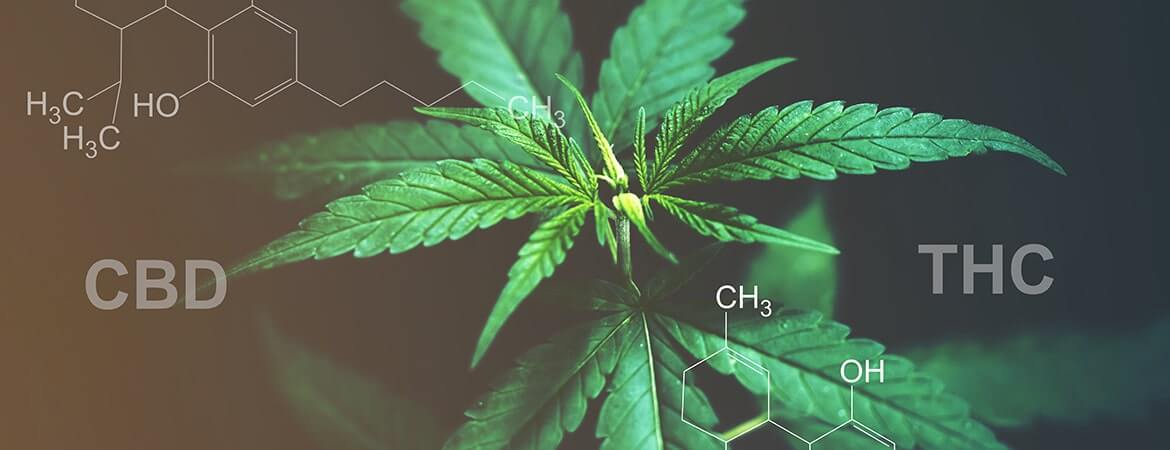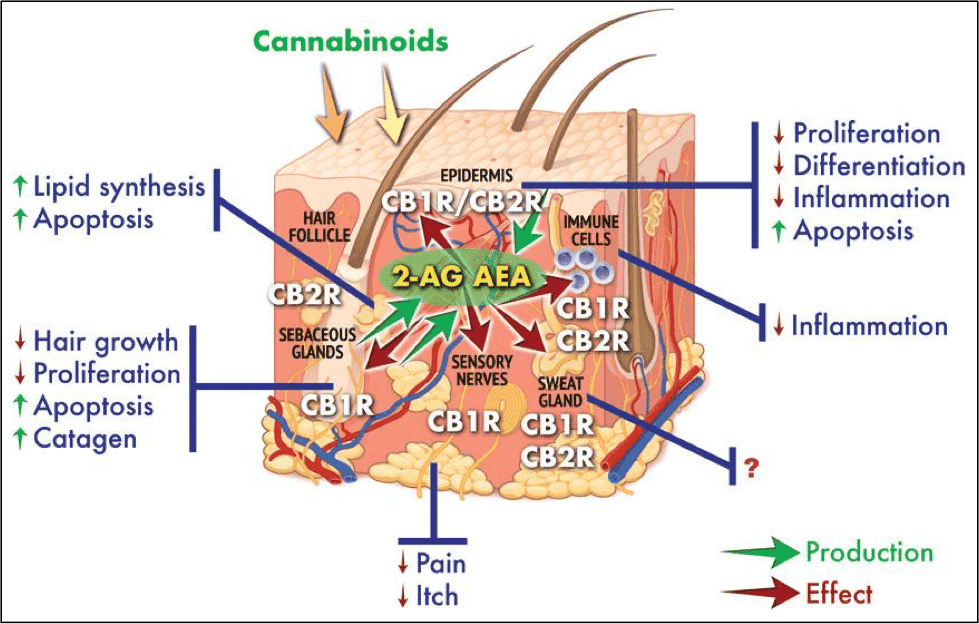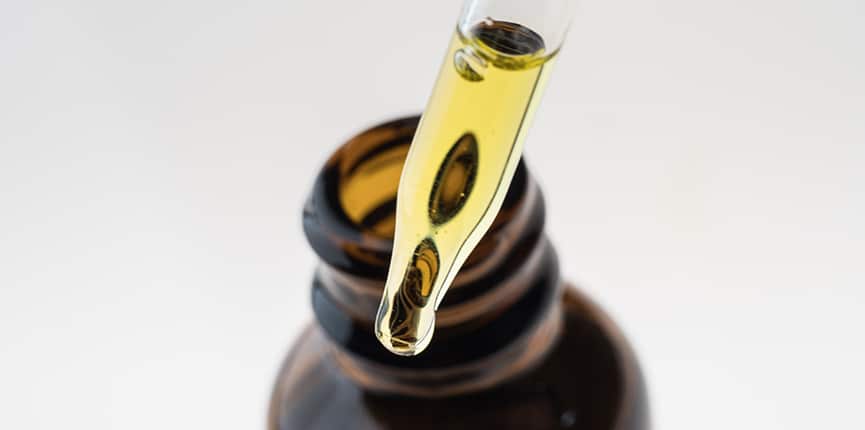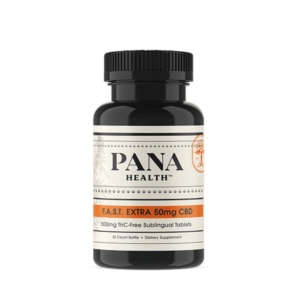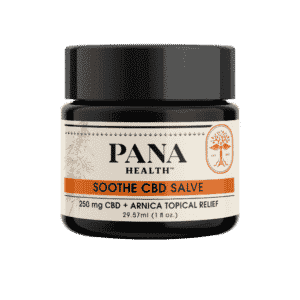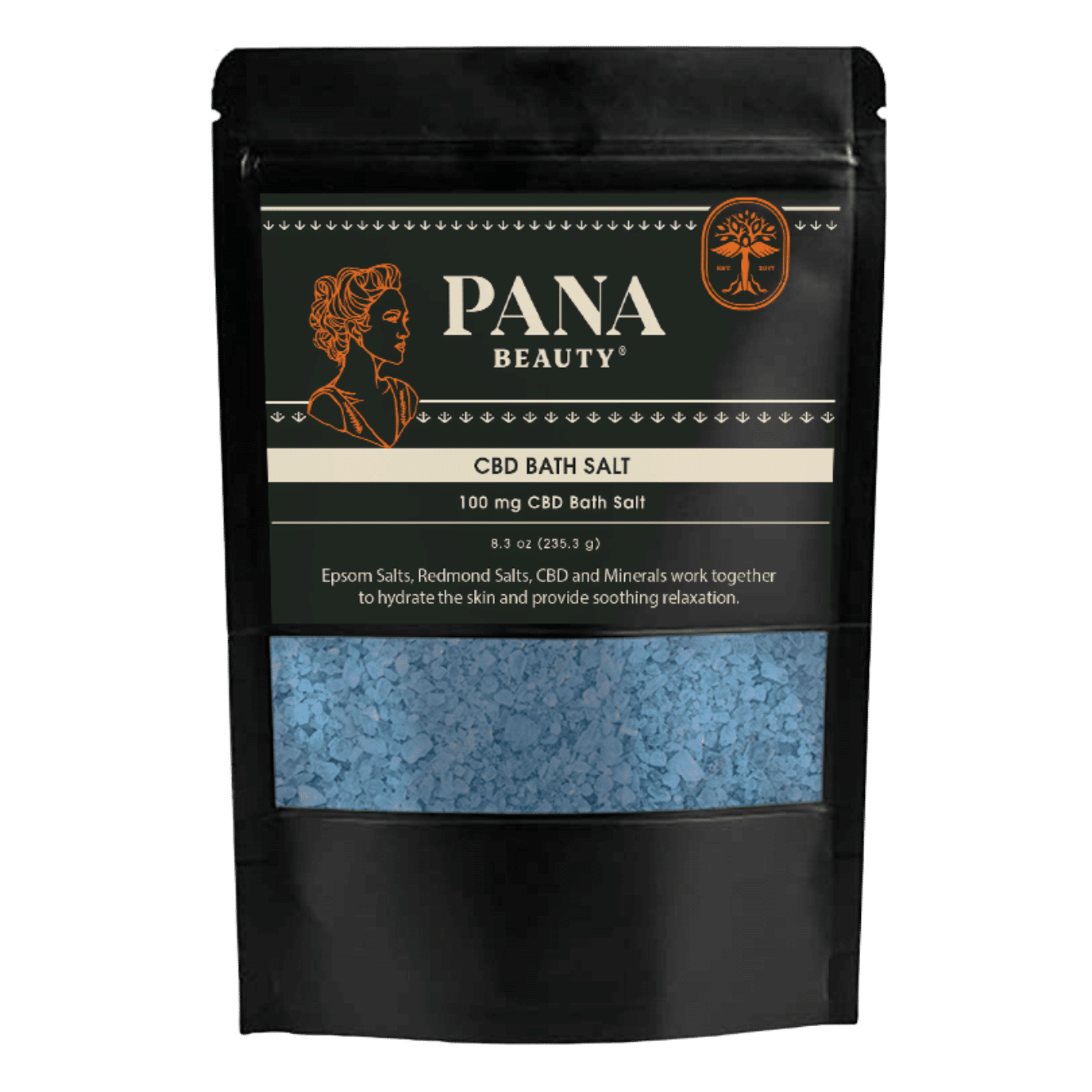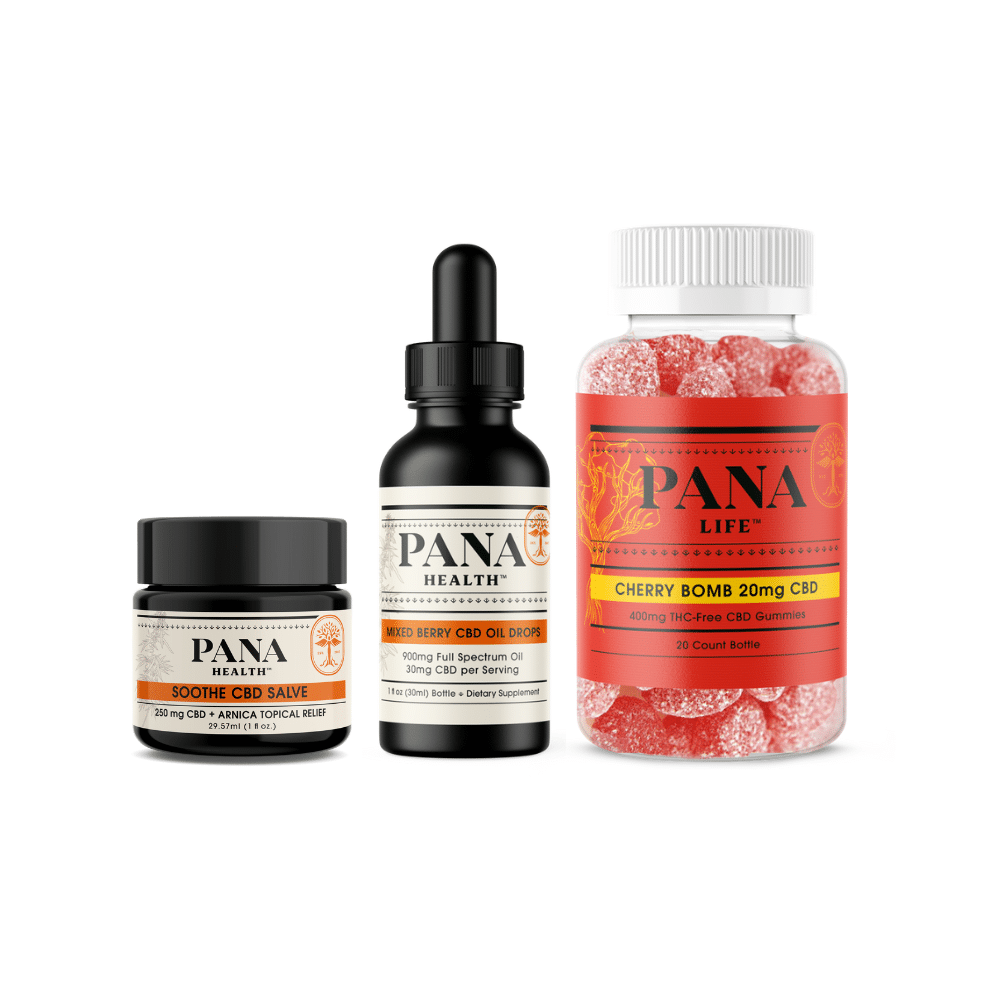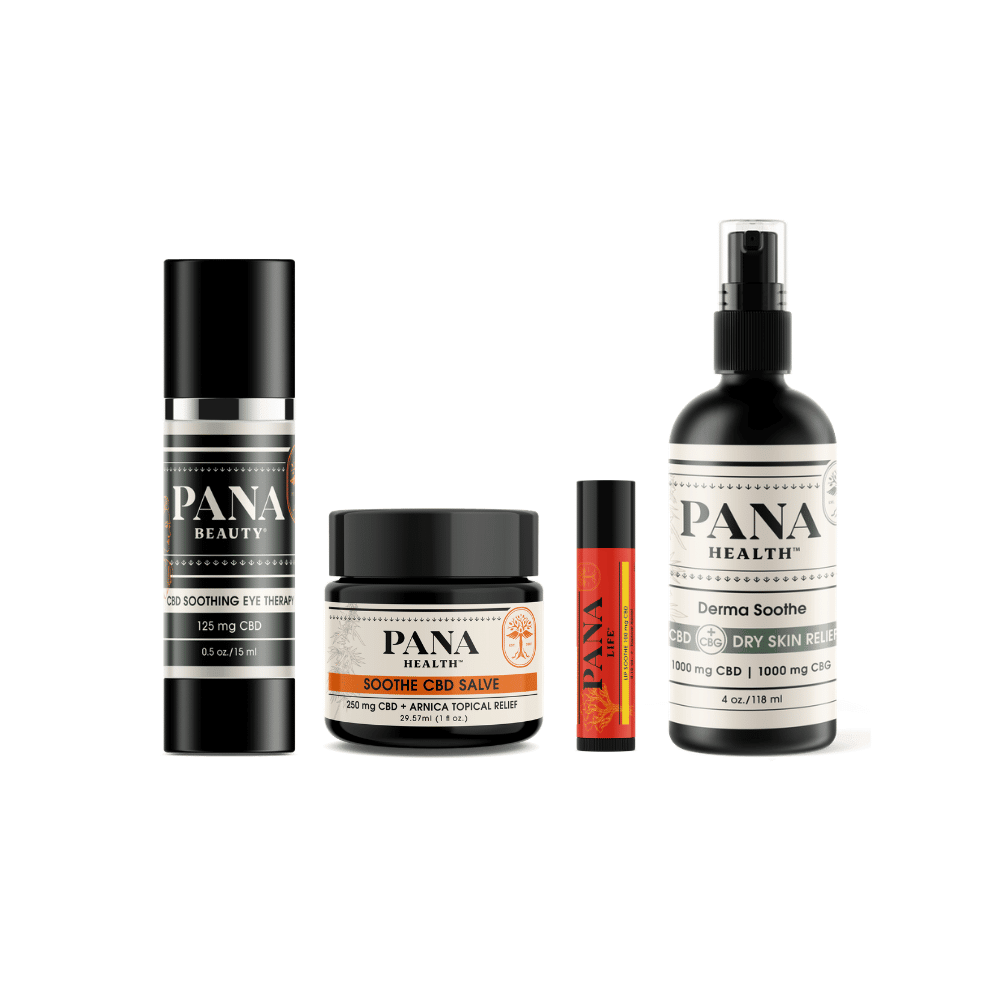Let’s cut to the chase: where can’t you find CBD?!
Walking into your favorite coffee spot before the passing of the 2018 Farm Bill (we’ll get back to this later) was a much different experience than the one you might encounter now. Instead of the usual bagels and day-old muffins lining the shelves and adorning the display boards, Cannabidiol (CBD) seems to have seized the spotlight.
Whether it be adding an oil or tincture shot to your morning beverage of choice, indulging in an additional CBD-infused goodie like chocolate truffles, or even purchasing your very own oil bottle—CBD is popping up everywhere in a seemingly boundless number of forms, making the dynamic product one worth celebrating. Hooray for creativity!
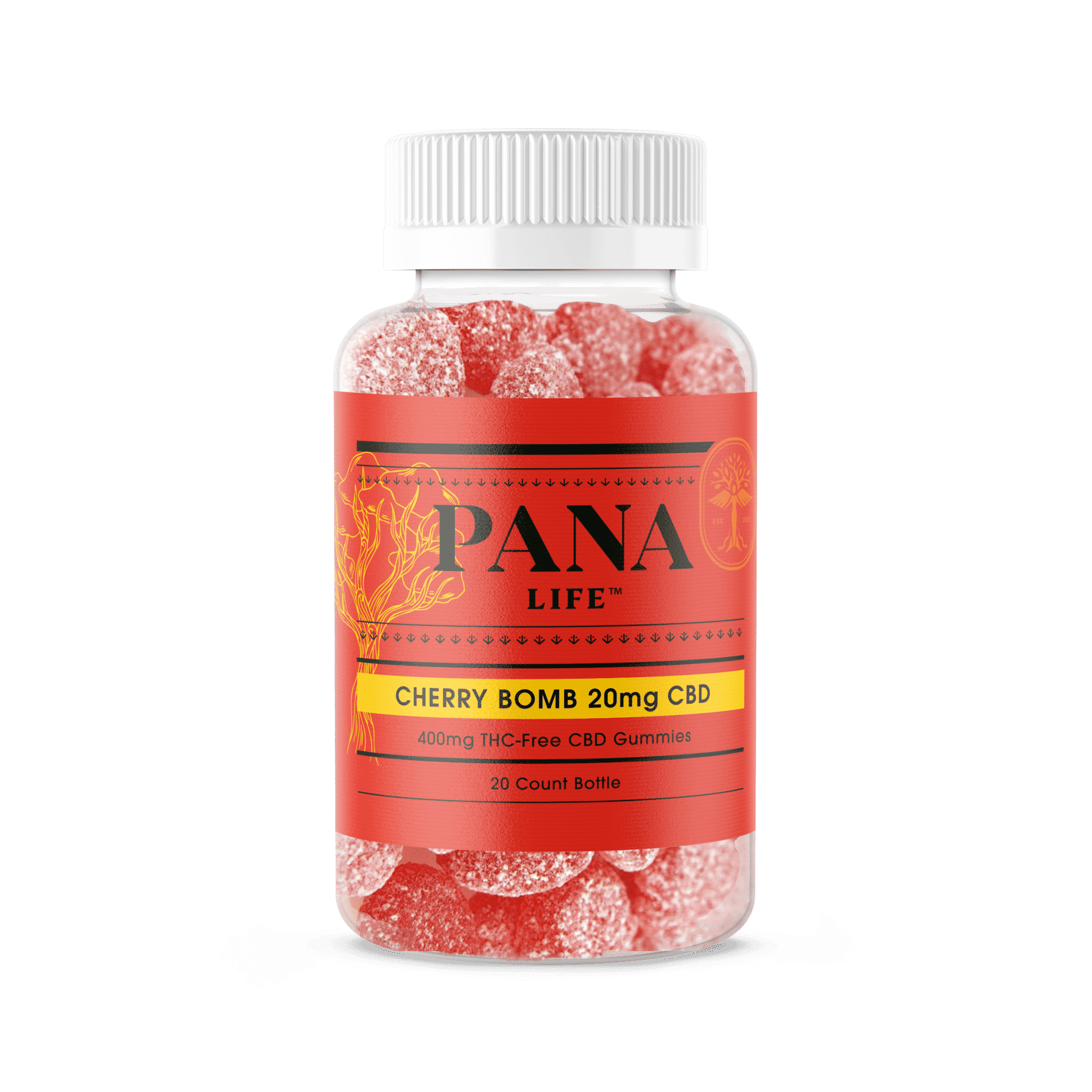
Go for the Gummy Gold
The ever-trendy and ever-abundant CBD gummy is among the more popular choices. These playful little treats are not only popular in the CBD community, but the vegan community as well.
If you are vegan, vegan-curious, a conscience eater, or any which way you choose to live your life, CBD is just as accessible to you as, say, your favorite non-dairy milk. But before we begin explaining just why exactly the gummy has us jumping for joy, let’s get some background info on this whole CBD craze.
What is CBD?
Cannabidiol, affectionately known as CBD, is a naturally occurring chemical compound sourced from plants of the genus Cannabis, namely the hemp or possibly the marijuana plant. It is one of the two most prevalent of 113 identified cannabinoids found in the cannabis plant. The other most prevalent is tetrahydrocannabinol (THC). While both compounds are molecularly similar to your body’s endocannabinoids and thus able to interact with your cannabinoid receptors, they produce very different effects.
THC binds with sturdy ease to the cannabinoid (CB) receptors in the brain, producing feelings of euphoria. This “euphoric” experience is what we call a “high,” and is the reason we refer to THC as psychoactive.
Cannabidiol, on the other hand, is non-psychoactive. It is unable to bind as tightly with the CB receptors as THC is. The result is an experience of calmness and relaxation, unlike the mind-altering, high THC yields.
Why Use CBD?
There are a multitude of reasons more and more people are choosing to add CBD as a supplement to their supplement routine or even replace components of their routine in exchange for the potential benefits cannabidiol may offer. One major factor driving people to do so is CBD’s lack of side effects in comparison to those prescription drugs often produce. On top of that, it has been suggested that CBD is a safer, non-addictive alternative. According to the World Health Organization, “… CBD exhibits no effects indicative of any abuse or dependence potential… To date, there is no evidence of public health related problems associated with the use of pure CBD.”
While more research is necessary in continuing to unveil the precise mechanisms of CBD, current research has jumped at the opportunity to study cannabidiol in a number of varying contexts. Due to the fact that CBD interacts with the endocannabinoid system, it is no wonder researchers were curious to explore whether the chemical compound’s interaction might alleviate or improve certain systems regulated by the endocannabinoid system, including sleep, appetite, pain and immune system response.1
To no one’s surprise, an influx of promising findings has continued to stream in from the academic world.
A number of studies have reported that, due to the endocannabinoid interaction, CBD may help reduce inflammation, a common cause of bodily discomfort.2 One study in particular assessed participants with rheumatoid arthritis and their response to a CBD and THC supplement. Researchers reported improvements in participants’ sleep quality, pain during movement, and pain while at rest.
Another area researchers have been eager to dive into is mental wellness. A number of studies have suggested a possible benefit to the use of cannabidiol with anxiety and depression. One example is a study in which participants were sorted into a placebo group, while two control groups receivied either 300 milligrams (mg) or 600 mg of CBD. Researchers then measured signs of anxious feelings in participants during a simulated public speaking test. It was reported that the 300 mg group exhibited the most significant reduction in anxiety.
Clinical research has also researched the potential of CBD to aid children with post-traumatic stress disorder (PTSD), successfully providing relief from stress and inability to sleep, related to the children’s PTSD-induced insomnia and anxiety.
We could go on and on, citing studies demonstrating the potential benefits of cannabidiol, but to keep things moving and get to the gummy stuff—I mean, good stuff—we won’t. Rather, we will simply share that in addition to these findings, studies have also reported potenital in CBD’s ability to reduce or relieve discomfort related to acne, epilepsy, migraines, drug dependence, multiple-sclerosis, Parkinson’s, chemotherapy-related nausea and vomiting, and more. On the flipside, research has also suggested CBD may fight against disruptive issues related to heart health, diabetes, immune system responses, and more.3
Let’s Get to the Gummies
Now that you understand some of the possible benefits, you’re likely eager to start your own little research study, right? We understand—it’s exciting stuff! And who wants to hold off getting their hands on something that may improve their quality of life?
There are a number of ways to self-administer CBD, all worthy of a look-over and all unique in their (occassionally subjective) upsides and downsides. But let’s start with the obvious one:
Gummies!
Much like the cutting-edge research, we could go on and on raving about these little drops of heaven. Not only are they small, easily transportable, and easy to eat with the flick of a lid and quick pop in the mouth, they come in an array of delicious flavors, shapes, doses, and formulas.
The three types of CBD formulations in gummies are CBD Isolate, meaning no funny business, just pure CBD without other cannabinoids or THC. Broad-Spectrum CBD, containing CBD and most cannabinoids, but zero THC. And lastly, Full Spectrum CBD, containing all the cannabinoids available from the hemp plant, including THC.
While there are a ton of commercially available products, the Federal Drug Administration (FDA) has not yet approved any over the counter (OTC) products.4 Why? Well, despite the fact that CBD is federally legal (remember the 2018 Farm Bill? This is us getting back to it,) this legalization only applies to products derived directly from hemp and consequently contain no more than 0.3% tetrahydrocannabinol. Laws vary state by state, so it’s important to check your state’s laws and speak with a medical professional about the best way to obtain a safe, quality product.
One of the most exciting aspects of the gummy is its variety. The options are so fun and so endless you feel like an adult in a candy shop.
Hop on over to the nostalgia-inspiring side with flavors and forms like sour apple, citrus punch, gummy bear or even gumdrop! Take a stride to the other side and explore the assortment of mellow, natural options. Do gummies made wholesome with ginger, vanilla, and lemon pique your interest? How about spirulina, turmeric, and a lingering hemp flavor?
While this multiplex of mouth-watering flavors swirls into a conglomerate of colors before your mind’s eye, let’s address the question in bold lingering before that colorful backdrop:
What About Us Vegans?
Good news vegans, gluten-free eaters, mindful eaters, eaters of all kinds! You are in luck. Not only is there a surplus of natural, organic, gluten-free, allergy-free gummies, there are vegan ones, and plenty of them!
A great deal of companies carry entirely vegan products. As well, we continue to see an increasing trend of companies introducing vegan gummies to their product lines in an effort to keep up with the broad and inclusive selection many companies today are striving to offer. Thanks to this trend, there is easy access to safe, quality gummies for all, and vegans need not fear missing out on all the fun. Vegan gummies come in just as many diverse and tasty flavors as non-vegan gummies. No more having to choose between your dietary choices and what is arguably the best part—the flavor! You can have your gummy and eat it too.
A great product to start out with is Panacea Life Science’s Vegan Cherry Bomb Gummy for a number of reasons. Firstly—it’s vegan, duh. Secondly, it maintains the spunky and funky flavor people look for in a gummy. Lastly, it is guaranteed safe, quality product. Packed into this ravenous-red, scrumptiously pop-able gummy is 20 mg of their CBD therapeutic formula. Need I say more?
Are There Other CBD Vegan Products?
Absolutely.
In so many words, this is a great time to be vegan. After decades of limited, hard-to-find, or just plain bad options for vegans, the diversity and accessibility of options is increasing, and rapidly. We are seeing more products and even entire aisles dedicated to vegan foods at grocery stores. An increasing number of restaurants are including vegan options in their menu. Fast food chains and other big names are even jumping on board, such as Burger King’s Impossible Burger or Tyson’s Beyond Meat vegan brand. From grocery stores to restaurants, award shows to beauty products, the market is clearly (and finally) catching up to the consumer’s demands, and when that demand represents a 300% increase in veganism over the last 15 years, the market wastes no time catching up.



